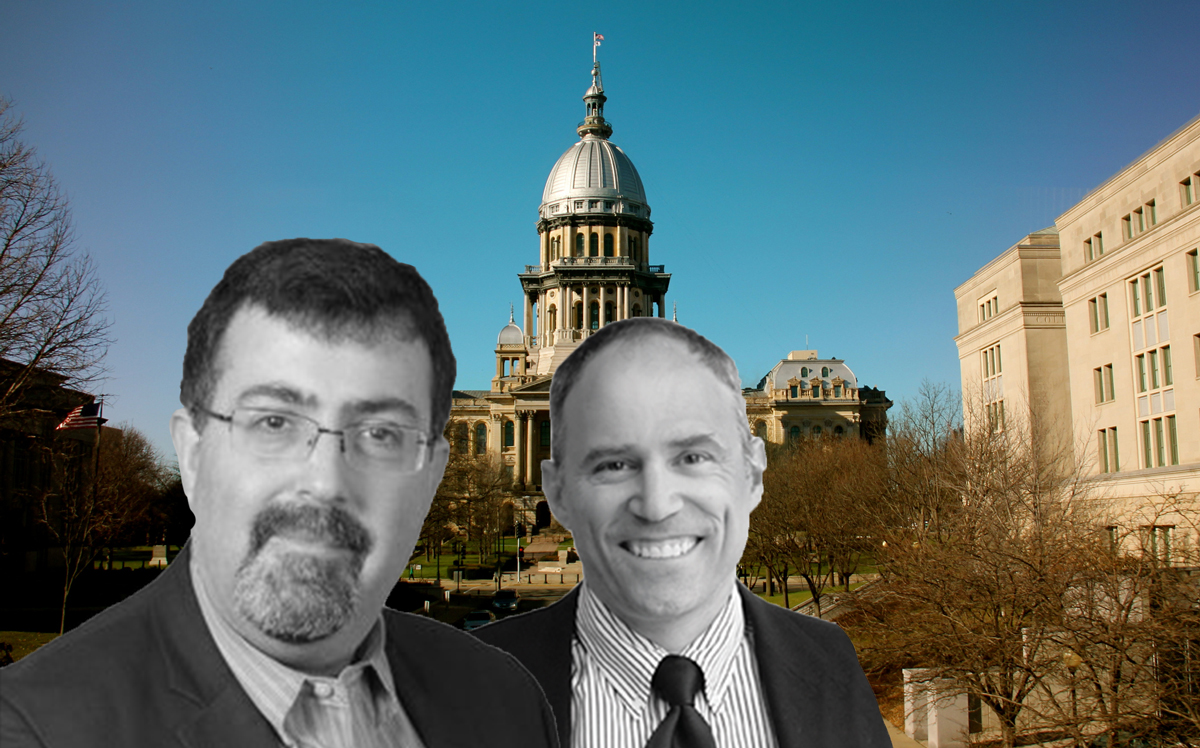Trending
New state historic preservation tax credit could be boon for developers
The 25% credit could be used for expenses on projects involving historic buildings

A new statewide historic preservation tax credit would help developers finance projects they might otherwise pass on, proponents said.
The Legislature approved the new statewide credit at the end of its spring session last week. It now goes to Gov. Bruce Rauner for his signature.
If approved, the program would give a 25 percent state income tax credit, up to $3 million, for eligible expenses on projects involving historic buildings. It expands an existing credit that had been in place for projects in just a handful of Illinois cities.
The move comes after changes to the federal historic preservation tax credit last year lessened its value.
David Block, director of development for Chicago-based Evergreen Real Estate Group, said the tax reform package approved last year changed the 20 percent federal income tax credit by spreading it over five years, instead of allowing it to be claimed all at once.
Block said the historic preservation credits are important because they help developers “fill in the gaps on our capital funding stack.
“It makes a difference between having a project be feasible and not be feasible,” he said.
Typically the developers are not the ones using the credits. Instead they find an investor — often a large one with a large annual tax burden — to invest in the project and then the developer transfers the credits to the investor.
The funding allows developers to complete projects that not only save historic buildings but revitalize communities, Block said, pointing to a current Evergreen project that will turn a vacant building into housing in a distressed part of Milwaukee using tax credits.
“There’s a big impact to what we do,” he said.
Darryl Jacobs, a Chicago attorney, has worked on historic tax credit deals with developers and investors. He said the developers themselves often can’t use the credits because they don’t have sufficient income to full take advantage of them.
“The dollar amounts are such they can’t use them in a year,” he said.
Jacobs said the credits have without question saved historic buildings. Among the projects that have qualified for the federal credits have been renovations at Wrigley Field and the IBM building/Langham Hotel.
And the upcoming overhaul of the old Cook County Hospital stands to rake in tens of millions in funding thanks to the credits.
Without them, “you would have no justification for saving this building,” he said.
Marc Realty Capital and LG Development Group also plan to use the federal credits on their mixed-use conversion of the century-old Insurance Center Building at 330 South Wells Street.
Jacobs said the amount of equity the credits provide can mean the difference between getting bank financing for the rest of the project.
He pointed to one project where the combination of tax credits and other incentives reduced the loan-to-cost ratio to 50 percent, helping win financing.
If a bank will only go to 60 percent loan-to-cost, “it’s not so easy to find 40 percent of a deal,” he said. But if the tax credit can help cover 15 to 20 percent of the cost, then it’s much easier to do.
“It’s a great tool for saving buildings and helping a developer finance deals,” he said.
If the governor signs the measure into law, the state credit would join the federal credit in helping developers save historic buildings. It would also join other incentive programs, like Cook County’s Class L incentive that lowers the property tax assessments on historic buildings for 12 years.
Bonnie McDonald, president & CEO of Landmarks Illinois, supports the statewide measure, saying it will “open up communities statewide to additional private investment.”




